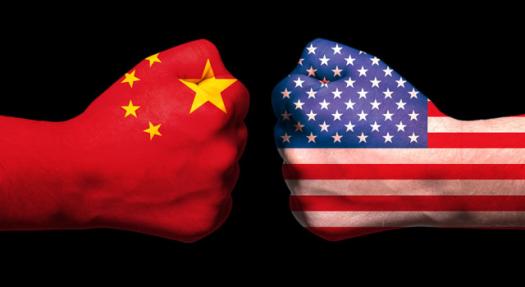This past year has created havoc for Western companies purchasing raw materials, furniture, high-tech components, auto parts, and power tools from China. And the rocky relationship continues into 2019 as both countries continue to negotiate while kicking the can down the road toward a new March 1, 2019, deadline. But what exactly will happen in March? How will supply chains be affected? What are the long-term ramifications?
|
ADVERTISEMENT |
I’ll make some bold predictions and advise on how Western companies should handle their China supply chains.
Truce declared
President Trump and President Xi Jinping have pushed their game of chicken to the brink of disaster. Both countries’ stock markets spiraled downward in the fourth quarter of 2018, while 2019 GDP growth predictions have been downgraded for the two superpowers.
…

Add new comment